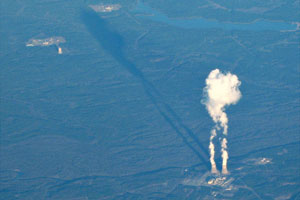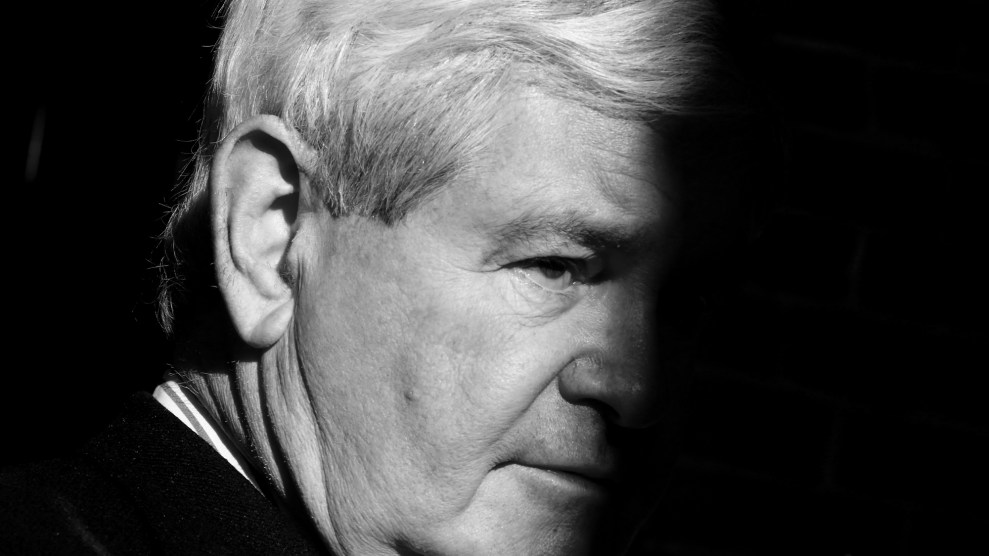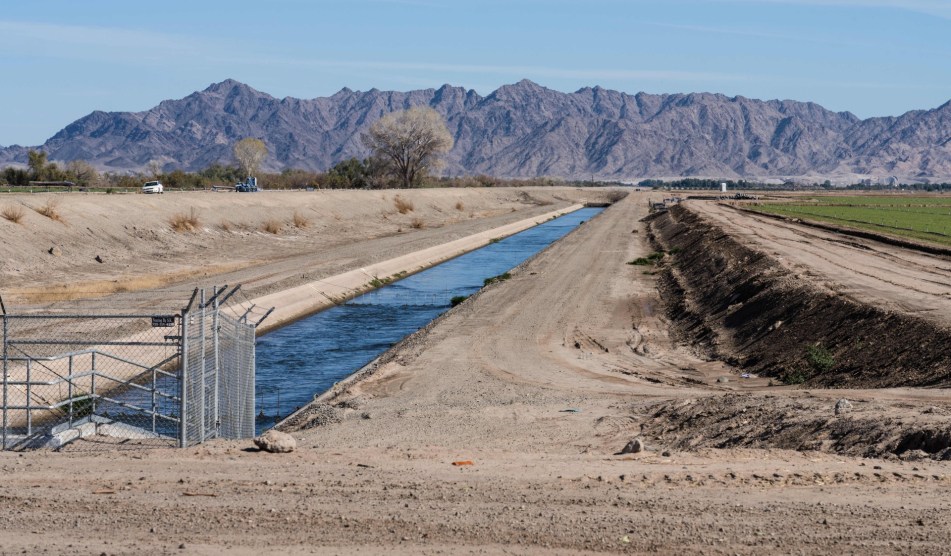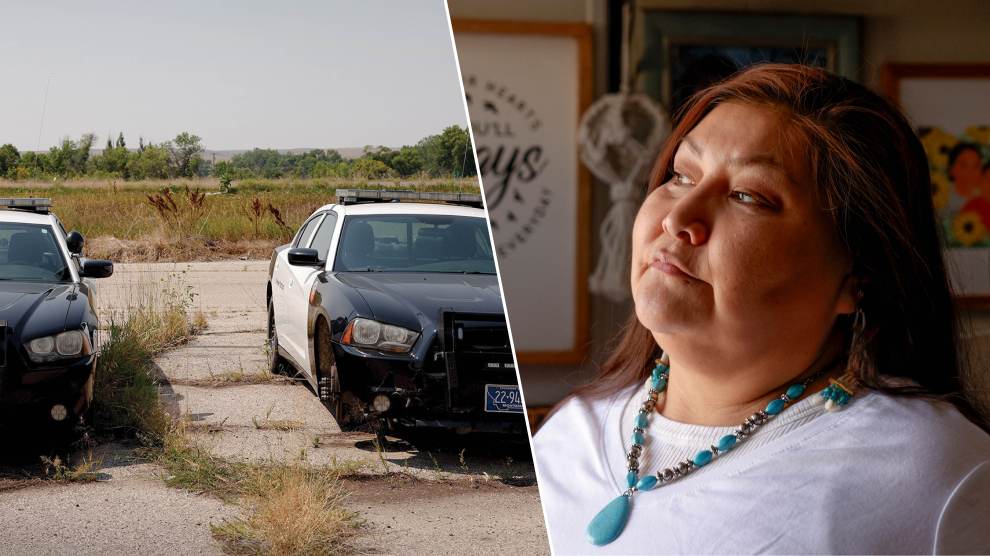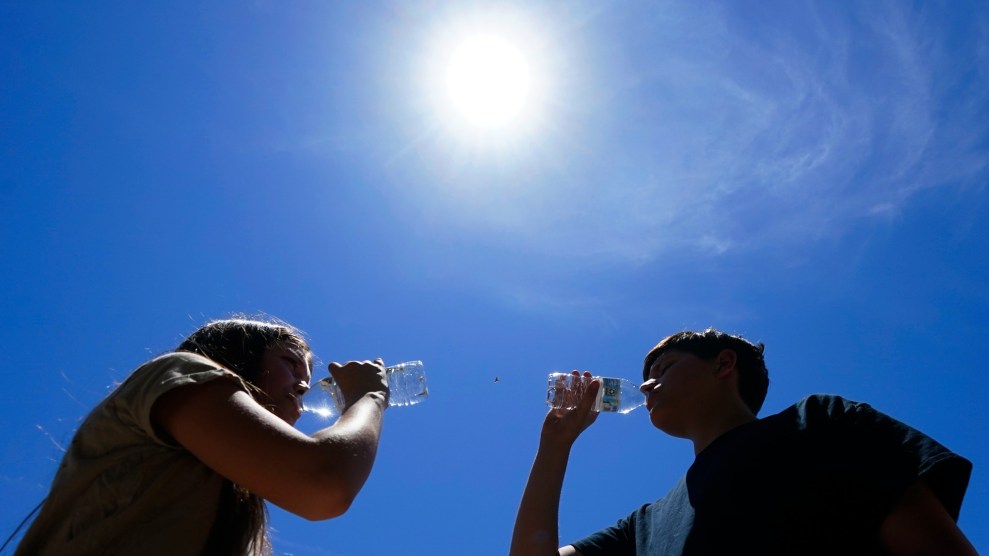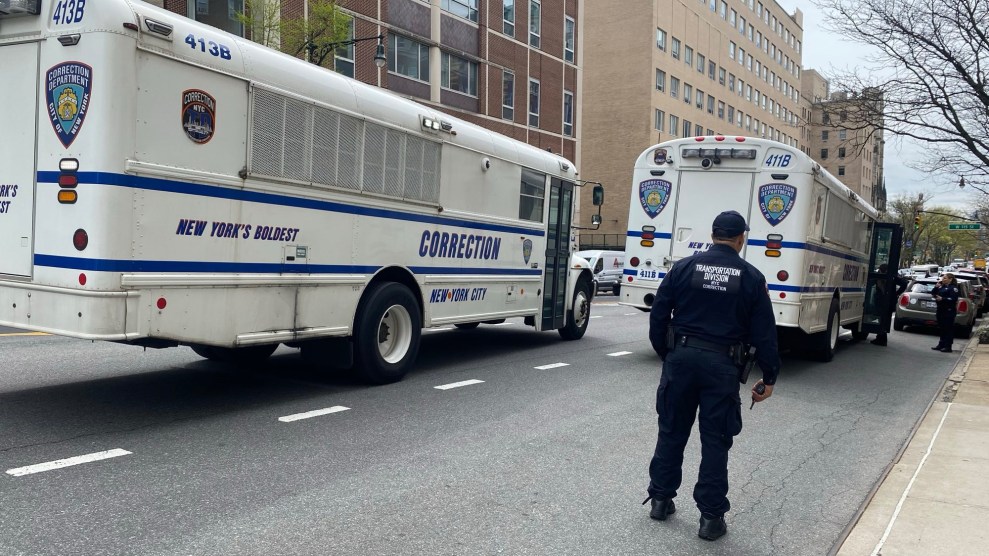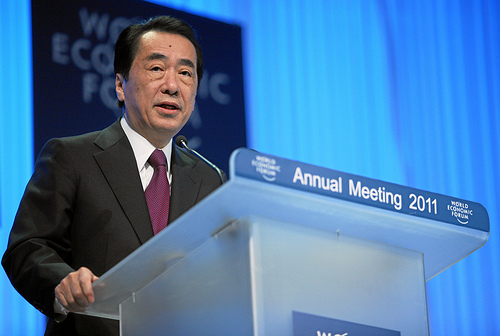
Photo by World Economic Forum, <a href="http://www.flickr.com/photos/worldeconomicforum/5398061085/sizes/m/in/photostream/">via Flickr</a>.
The Japanese nuclear agency has doubled its previous estimate of the amount of radiation released from the Fukushima Daiichi power plant. Even with the increased estimate, the amount of radiation released since the disaster began on March 11 is only about 15 percent of the radiation leaked at Chernobyl, but the plant is still leaking, and officials said the damage from meltdowns at three different reactors is more extensive than they had previously reported.
In a 750-page report to the International Atomic Energy Agency, Japanese officials acknowledged that they were “unprepared” to deal with a disaster of this magnitude. The report also includes a number of notable admissions. From the BBC:
Chief Cabinet Secretary Yukio Edano says more evacuations are being considered. Monitoring shows the lie of the land and wind patterns may be causing a build-up of radiation in other areas.
And from Bloomberg:
Many workers at Japan’s crippled Fukushima Dai-Ichi nuclear plant were without personal dosimeters to measure radiation exposure for weeks after the March 11 earthquake because the tsunami soaked their devices in seawater, making them unusable.
So while the nuclear crisis may have faded from headlines in the US, the latest news is a reminder that residents and officials in the country will be dealing with this for some time. The disaster has also caused political stirrings in the country. Last week, after an unsuccessful “no confidence” vote in the lower house of the parliament, Prime Minister Naoto Kan said he may resign over the Fukushima situation once they reach “a certain stage in tackling the disaster and I’ve fulfilled my role.”
